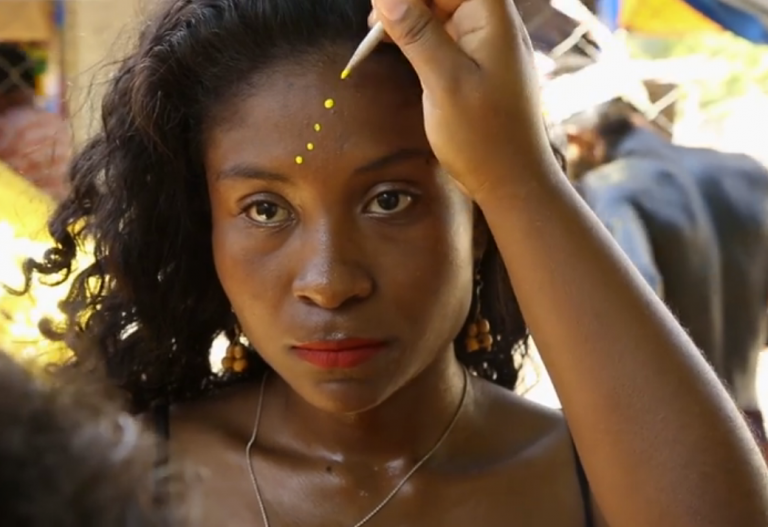Derek Walcott, Poet and Nobel Laureate of the Caribbean, Dies at 87Posted in Articles, Biography, Caribbean/Latin America, Media Archive on 2017-03-17 17:19Z by Steven |
Derek Walcott, Poet and Nobel Laureate of the Caribbean, Dies at 87
The New York Times
2017-03-17
 Derek Walcott in 1986. Credit Jill Krementz, All Rights Reserved |
Derek Walcott, whose intricately metaphorical poetry captured the physical beauty of the Caribbean, the harsh legacy of colonialism and the complexities of living and writing in two cultural worlds, bringing him a Nobel Prize in Literature, died early Friday morning at his home near Gros Islet in St. Lucia. He was 87.
His death was confirmed by his publisher, Farrar, Straus and Giroux. No cause was given, but he had been in poor health for some time, the publisher said.
Mr. Walcott’s expansive universe revolved around a tiny sun, the island of St. Lucia. Its opulent vegetation, blinding white beaches and tangled multicultural heritage inspired, in its most famous literary son, an ambitious body of work that seemingly embraced every poetic form, from the short lyric to the epic…
…As a poet, Mr. Walcott plumbed the paradoxes of identity intrinsic to his situation. He was a mixed-race poet living on a British-ruled island whose people spoke French-based Creole or English.
In “A Far Cry From Africa,” included in “In a Green Night” — his first poetry collection to be published outside St. Lucia — he wrote:
Where shall I turn, divided to the vein?
I who have cursed
The drunken officer of British rule, how choose
Between this Africa and the English tongue I love?
Betray them both, or give back what they give?
Derek Alton Walcott was born on Jan. 23, 1930, in Castries, a port city on the island of St. Lucia. His father, Warwick, a schoolteacher and watercolorist, died when he was an infant, and he was raised by his schoolteacher mother, the former Alix Maarlin.
Both his parents, like many St. Lucians, were the products of racially mixed marriages. Derek was raised as a Methodist, which made him an exception on St. Lucia, a largely Roman Catholic island, and at his Catholic secondary school, St. Mary’s College…
Read the entire obituary here.

